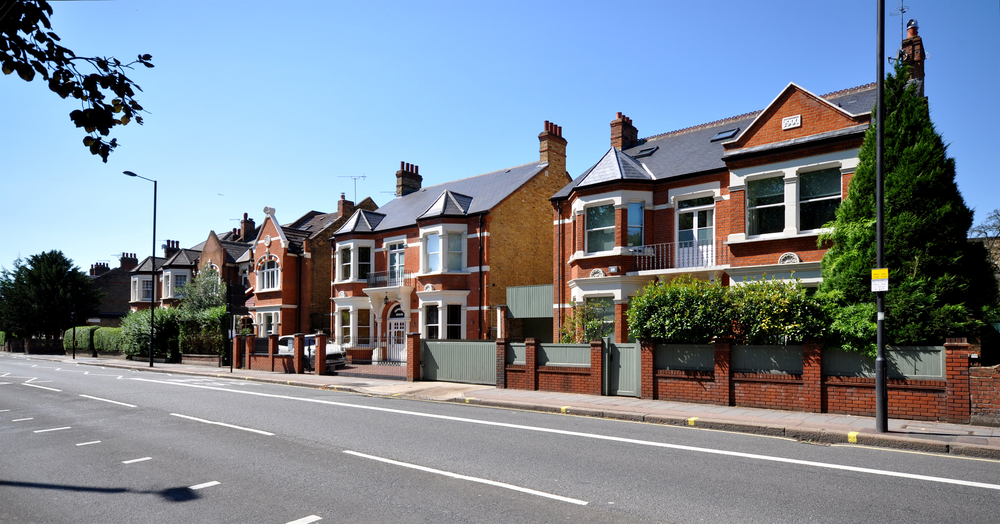The Chancellor and Mayor of London today announced a six-point plan for the long-term economic development of the capital. Housing has been recognised as one of the key issues to be addressed in the future with the target of building 400,000 new homes. The London Land Commission will also be involved in the process as […]
The Chancellor and Mayor of London today announced a six-point plan for the long-term economic development of the capital.
 Housing has been recognised as one of the key issues to be addressed in the future with the target of building 400,000 new homes. The London Land Commission will also be involved in the process as the authority to identify and support the development of brownfield and public sector land. The goal is to have 100 per cent of London’s brownfield land developed by 2025.
Housing has been recognised as one of the key issues to be addressed in the future with the target of building 400,000 new homes. The London Land Commission will also be involved in the process as the authority to identify and support the development of brownfield and public sector land. The goal is to have 100 per cent of London’s brownfield land developed by 2025.
The city government has also pinpointed specific steps to be taken on the way to improving the housing situation in London.
Nine new housing zones will be designated to support and accelerate the building of 30,000 new homes. The zones include Greenwich, Bexley, Barking and Dagenham, Wandsworth, Harrow, Hounslow, Lewisham, Southall and Haringey. Investments of £400 million will be made in the new zones this year with the potential to deliver 50,000 new homes. By the summer of 2015, the government expects to have up to 20 zones in place.
Also, an £84-million Social Mobility Fund will be launched, with the aim to help council tenants who are eligible for Right to Buy, buy their own home on the open market. This will invite local authorities across the country to bid for funding to offer cash sums to council tenants who want to do this. The fund will be targeted at those tenants wanting to downsize or move for work.
The housing policy measures for 2015 also include investments of £1.9 billion for the Affordable Homes programme to deliver 51,000 affordable homes in London.

Get Britain Building scheme has committed to an investment of £105.9 million which enabled work to start on 2,634 new homes in London.
HCA Land Programmes have invested £55 million to support local economic growth and regeneration in local communities, and has seen work start on 1,246 homes.
Builders Finance Fund, which has shortlisted schemes worth £74 million covering 1,053 units, will see the first starts on site during 2015.
All details on housing development till 2030 can be found on the HM Treasury’s website.














